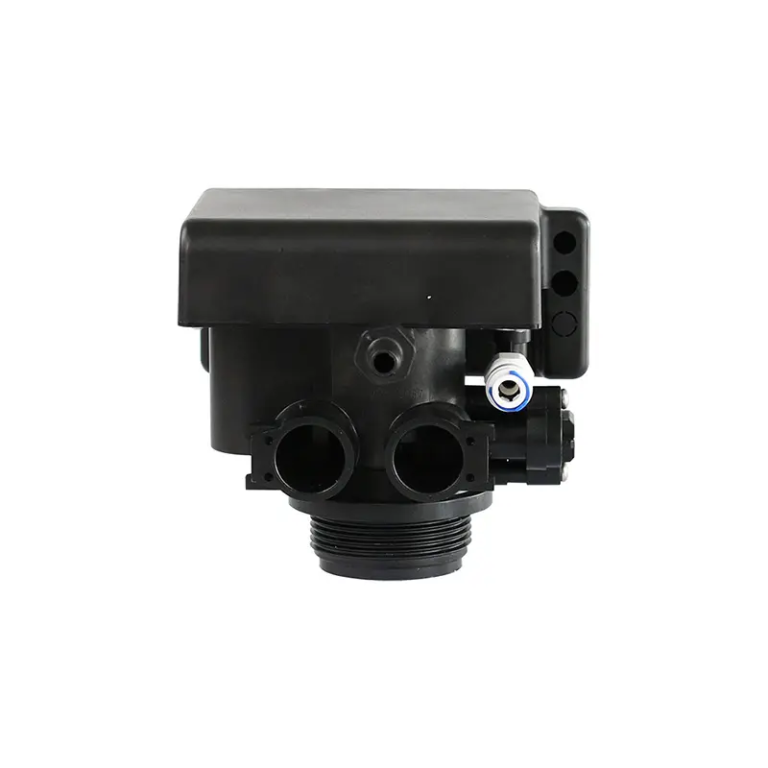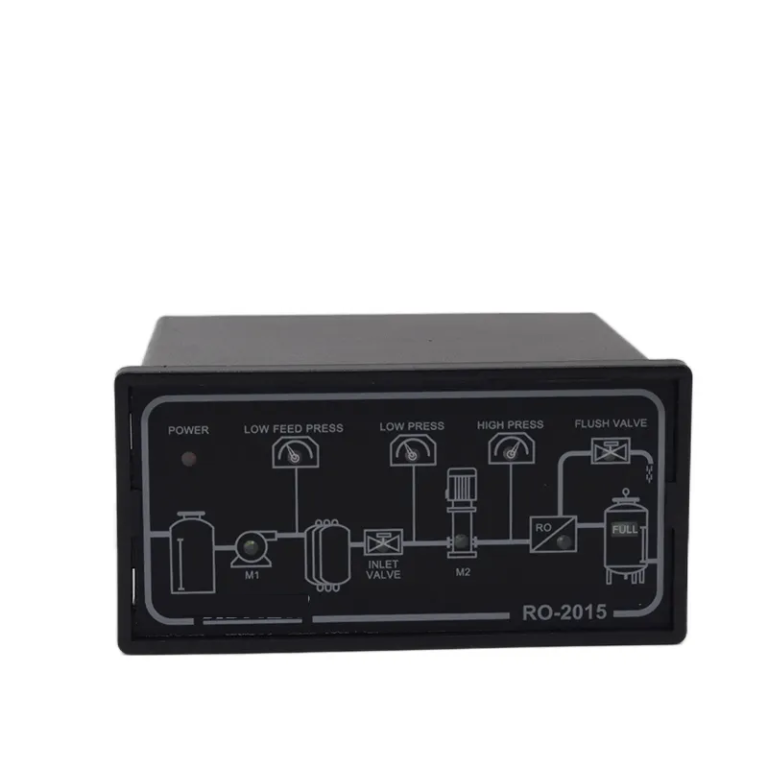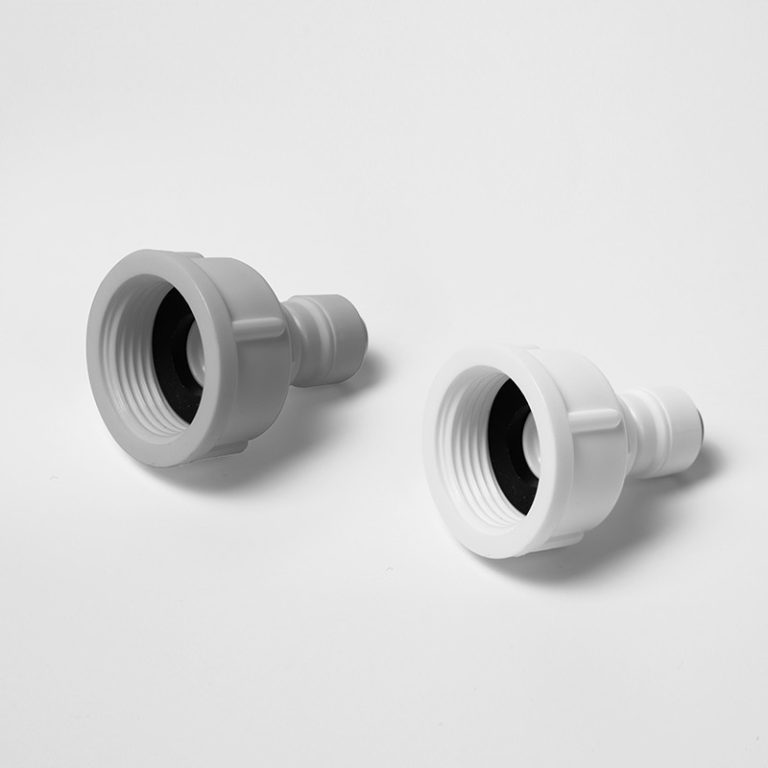Invented by Sidney Loeb and Srinivasa Sourirajan.
The Inventor of Reverse Osmosis System
Reverse osmosis is a widely used water purification method that has revolutionized the way we obtain clean drinking water. But have you ever wondered who invented this remarkable system? In this article, we will delve into the history of reverse osmosis and discover the brilliant mind behind its invention.
The concept of reverse osmosis can be traced back to the early 18th century when scientists began experimenting with the process of osmosis. Osmosis is the natural movement of solvent molecules through a semi-permeable membrane from an area of lower solute concentration to an area of higher solute concentration. This process is essential for maintaining the balance of fluids in living organisms.
It wasn’t until the mid-20th century that the reverse osmosis system as we know it today was developed. The man behind this groundbreaking invention was Dr. Sidney Loeb, an American scientist and engineer. Dr. Loeb, along with his research partner Dr. Srinivasa Sourirajan, made significant contributions to the field of membrane technology.
In the late 1950s, Dr. Loeb and Dr. Sourirajan began experimenting with synthetic membranes to separate water from dissolved salts. They discovered that by applying pressure to the saline solution, they could force the water molecules through the membrane while leaving the salt particles behind. This process became known as reverse osmosis.
Their groundbreaking research led to the development of the first practical reverse osmosis membrane in 1962. This membrane was made from cellulose acetate, a material that allowed for efficient water purification. Dr. Loeb and Dr. Sourirajan’s invention paved the way for the widespread use of reverse osmosis in desalination plants, water treatment facilities, and even home water filtration systems.
The reverse osmosis system quickly gained popularity due to its ability to remove a wide range of contaminants from water, including bacteria, viruses, heavy metals, and dissolved solids. It became an essential tool in areas where access to clean drinking water was limited.
Over the years, advancements in membrane technology have further improved the efficiency and effectiveness of reverse osmosis systems. Thin-film composite membranes, made from polyamide, have replaced cellulose acetate membranes, providing better performance and longer lifespan.
Today, reverse osmosis systems are widely used in various industries, including pharmaceuticals, food and beverage production, and electronics manufacturing. They have also become a popular choice for residential water filtration, providing households with clean and safe drinking water.

In conclusion, the reverse osmosis system, a remarkable invention that has revolutionized water purification, was developed by Dr. Sidney Loeb and Dr. Srinivasa Sourirajan in the mid-20th century. Their groundbreaking research and development of the first practical reverse osmosis membrane paved the way for the widespread use of this technology in various industries and households worldwide. Thanks to their ingenuity, we can now enjoy clean and safe drinking water, free from contaminants.







